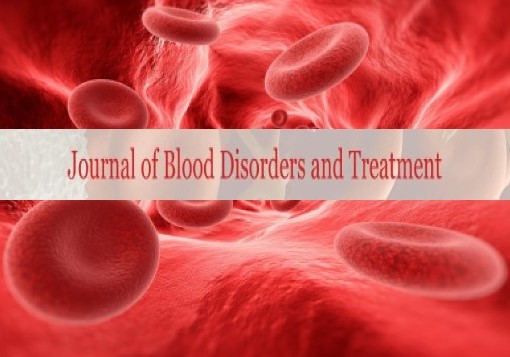
Sign up for email alert when new content gets added: Sign up
Amarinder Oberoi, Swati Kanakia
Lilavati Hospital and Research Centre, India
ScientificTracks Abstracts: J Blood Disord Treat
Introduction: Thalassemia and other hemoglobinopathies are the most common monogenic disorders in India with a high prevalence in tribal populations.
Aims and Objectives: To detect the prevalence of thalassemia syndromes and sickle cell anemia in a tribal school population of adolescent age group and mutation analysis of the positive cases.
Materials and Methods: This study was conducted on 211 children aged 10-14 years from a tribal school in the state Maharashtra, India. After taking clinical history, complete hemogram report was obtained by an automated cell counter. High-performance liquid chromatography (HPLC) was performed on the samples with Bio Rad D-10™ Analyser. The samples with abnormal electrophoresis patterns were subjected to next generation sequencing of HBH gene for mutation analysis.
Results: Of the 211 students sampled, 193 (91.5%) had a normal electrophoresis pattern and abnormalities were detected in 18 (8.5%) cases. β (beta) thalassemia trait was the commonest abnormality found in 16 (7.6 %) children. Heterozygous sickle cell and alpha thalassemia were found in 1 (0.5%) case each.
Of the 16 Thalassemia traits, 13 (81.25%) had IVS1-5(G>C) mutation, followed by c.47G>A (p. Trp16Ter) in 2 students (12.5%) and IVS1-1(G>T) c.92+1G>T in 1student (6.25%). The one sickle heterozygote had c.20A>T (p. Glu7Val) mutation.
Conclusion: High frequencies of these mutant alleles are maintained by the tribal populations probably due to consanguinity, lack of awareness and conveyance; low income status and high cost of treatment make them vulnerable. These groups must undergo premarital screening to decrease the risk bearing offspring with hemoglobinopathies.
Amarinder Oberoi is a pediatric resident with a keen interest in community pediatrics and genetics. After graduation he has worked in a rural hospital with bare minimum facilities for a year. Currently in final year of residency plans to pursue further studies in neurology or hematology.
E-mail: karanwicked@gmail.com